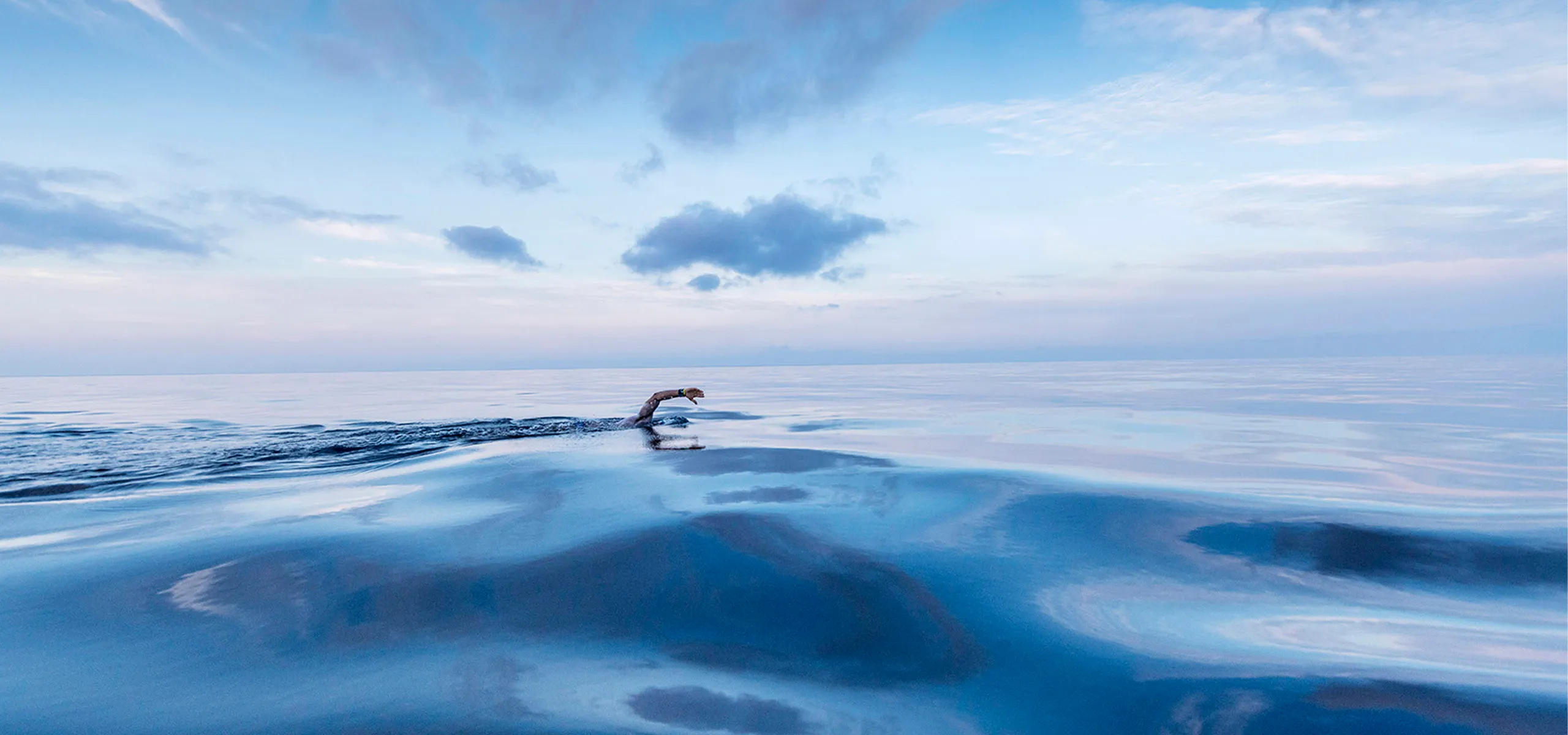One of the first things you’ll learn when working in a creative agency is that people see things differently. The client may have one particular direction in mind, while the strategists, designers and techies working on the project might want to push the boundaries and explore different ways of doing things. This is where the client executive comes in.
I like to think the executive is the glue that holds the client and creative agency together. More often than not we speak about the importance of building strong relationships with clients. But we overlook what it takes to ensure the bond remains equally strong within the agency itself.
Experience has taught me that when an executive manages to maintain strong relationships with the client and the creatives - through open dialogue and communication - the project turns from ‘okay’ to ‘stand-out'.
I’m going to paint a picture for you. As an executive, you’ve met with the client, once or twice, drafted the objectives, jotted down the requirements and listed out the deliverables needed for this specific job. What do you do next?
1. The Holy Grail - the Brief.
Any project that comes in, big or small, must have a brief. It’s an instruction sheet explaining who the client is, their objectives, deadlines, budgets, deliverables and the suggested way forward.
The brief provides a clear starting point. It ensures the goalposts are consistent and holds the seed of the idea which the strategists, designers and tech team grow and develop. We have an unwritten law at the WGN: “No brief, no WIP". In other words, if the brief isn't available, studio time won't get booked. It's that important. The brief provides the creatives with everything they need to do their job smoothly and efficiently.
2. Have a chat.
This is where internal meetings and brainstorming sessions come into play. If you didn’t realise how important the brief is from my previous point, then sit down comfortably and read it again! After you write the brief and hand it over to the team to go through, it’s imperative to sit down, have a chat and make sure everyone’s on the same page. Briefs can be subjective and open to interpretation.
That’s why meetings and brainstorming sessions are vital for effective communication. It's a time to go through the specifics, such as the objectives and how they should translate creatively. Internal meetings also provide a space to answer questions or address missing information. As for big projects, you can utilise brainstorming sessions to bring together all the relevant heads of department and get the creative juices flowing.
3. Listen.
To their suggestions, opinions and ideas. The role of the creative is ultimately to be creative. The designer’s creative eye sees things differently to the rest of us. They look at something and immediately know what works and what doesn’t, how it was built, what software was used, whether the alignment is correct, whether it is original or it’s been done before. Meanwhile, the strategist is seeing the bigger picture and working out how everything comes together. While the tech guy is thinking in terms of functionality. You, as the executive, need to listen and be open to proposals and ideas.
At the end of the day, you want what’s best for the client. This might mean pushing the client beyond their comfort zone if you believe this is the best approach according to the brief. Apart from having a satisfied client, you’ll make yourself, the team and agency look good by producing something amazing.
4. Be strong.
As an executive, you’re representing the client, especially when delegating tasks internally. There are times when you’ll need to act as though you are the client and be critical. You can’t blame the designer for going off at a tangent to test out new trends; this is part of the creative process. Nevertheless, if you believe the brief is getting lost, there should be some tweaks, or a complete change in direction - stand your ground and defend the project’s objectives. I must admit, things might get a bit stressful and frustrating but if you don’t say it, the client will. And that’s the last thing you want!
5. Be involved.
Keep tabs on your projects. This doesn’t stop after the brief is discussed with the team. If the project is in design stage, for example, it’s important to sit down next to the designer from time to time and see what progress they’ve made. Ask questions and give your personal opinion - you will learn and become more conversant with the world of design. The designers will appreciate it and respect you for it. Keep in mind this is all about teamwork. The best projects are those where everyone contributes to the idea.
6. Give credit when due.
Feedback can be good or bad. While sharing negative feedback is sometimes necessary, spreading positivity is key. Don’t become known for being “the bearer of bad news”. No one likes that person! Whether it’s your own feedback or the client’s, make sure you compliment the great work done by the creative. You’ll put them in a good mood, make them feel appreciated and highlight the benefits of effective teamwork. At the WGN we make it a point to let everyone know the good stuff and give recognition through our HR system. So go forth and compliment, you'll reap the benefits.
The relationship between the exec and the creative runs deeper than these six steps. Strengthening that relationship is an ongoing process, made more complex by individuals’ unique personalities. Whatever the case, respecting each other’s roles is essential. The executive might be the glue but glue is pretty useless without parts to hold together.
More insights
Scroll for more

Step by Step Guide to Protect Your Social Media Accounts
Always a hot topic, the hacking conversation begins again. Phishing scams and imposter accounts are on the rise, but this time the threat feels much closer to home.


